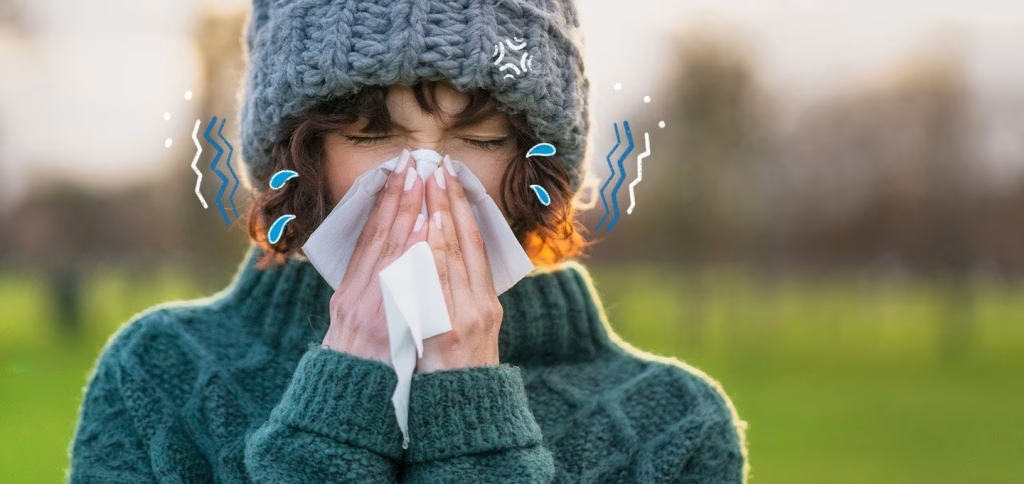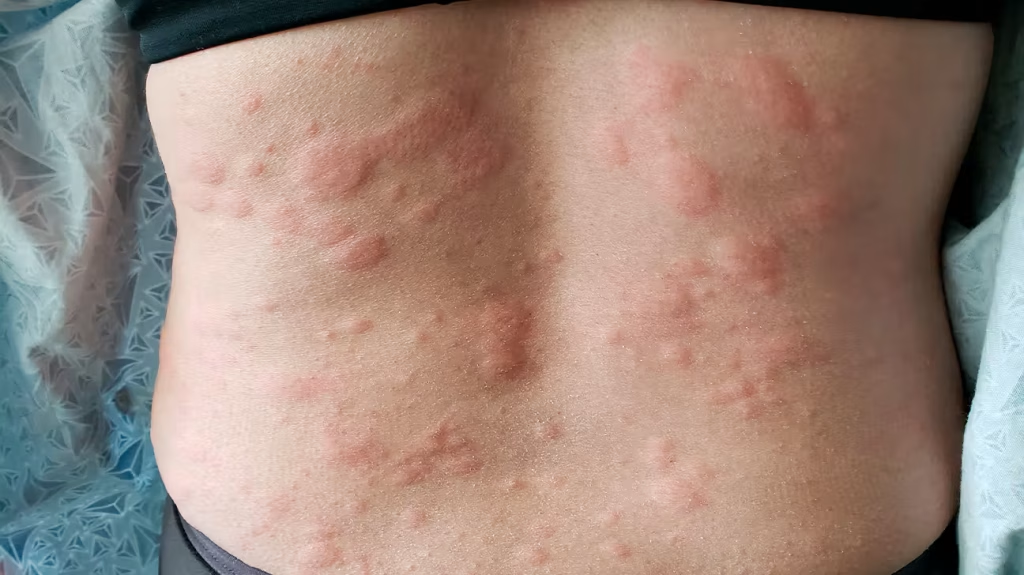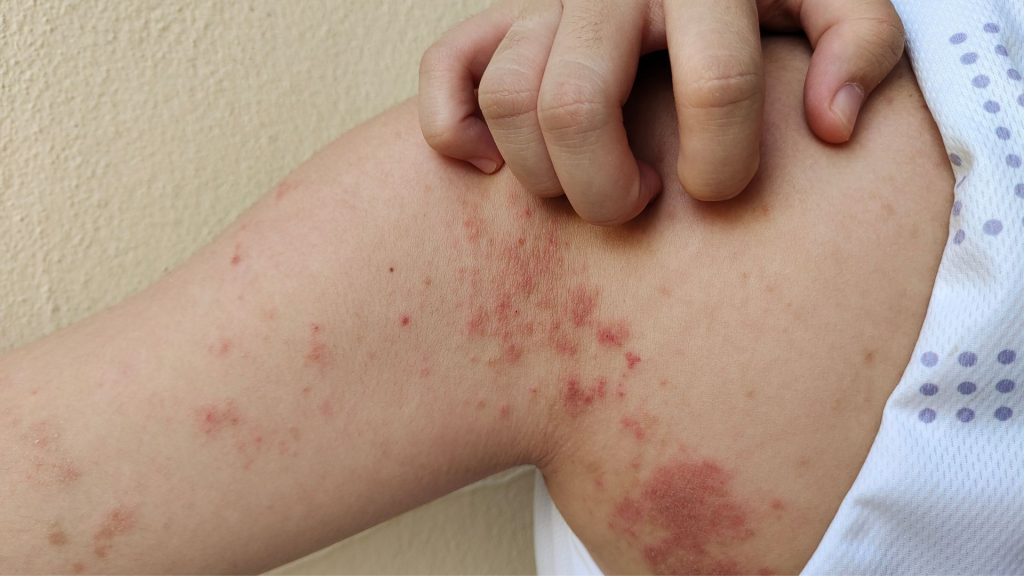Hay Fever vs. Other Nasal Allergies Explained
The pervasive discomfort associated with nasal allergies is often universally—and incorrectly—lumped under the colloquial banner of “hay fever.” While the term is deeply ingrained in common language, it fails to capture the intricate tapestry of inflammatory responses that can afflict the nasal passages and adjacent structures. The true nature of hay fever is strictly defined…
Read more










